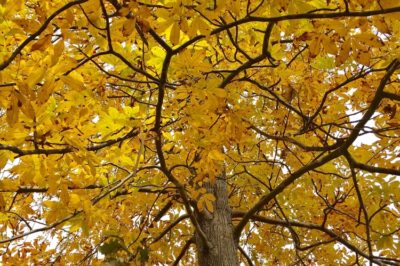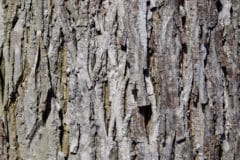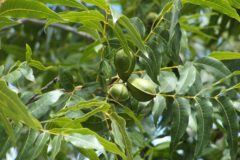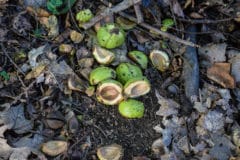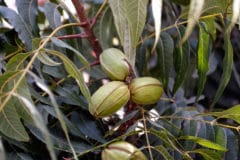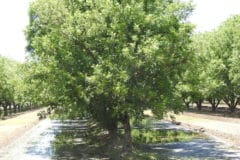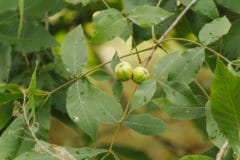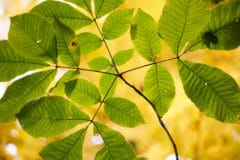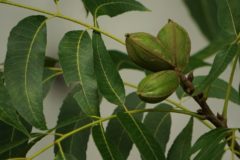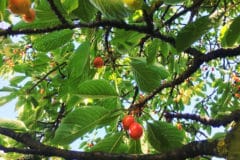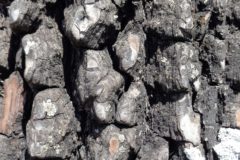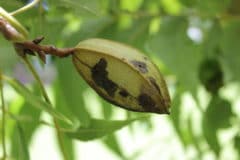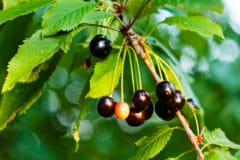Hickory Nuts
- Eighteen species of hickory trees grow around the world and the nuts from each of them are unique in their size, taste and shell characteristics.
- Shagbark and shellbark hickories (Carya ovata, Carya lacinosa) are generally regarded as having the tastiest nuts. Their drawbacks are thick shells and small nutmeats.
- Pignut (Carya glabra) hickory nuts have thin shells with large kernels, but their inconsistent flavor ranges from very bitter to deliciously sweet.
- Pecan trees (Carya illinoinensis) are the only hickories commercially cultivated for their nuts.
- Even though they grow on trees, hickory nuts technically aren’t tree nuts. They’re drupes, egg-shaped fruits with a fleshy layer surrounding their hard-shelled seeds. So a hickory’s nutmeats are actually its seeds.
- Some hickory nuts have shells fragile enough to crack just by squeezing two of them together. Others are tough enough to need pounding with a hammer.
- Soaking the nuts overnight before cracking makes it easier to remove the nutmeats whole.
Hickory Bark
Two hickory species stand out in the forest because of their easily identifiable leaves and bark.
- Shagbark and shellbark hickories take their names from the loose plates of gray bark curling away from their trunks.
- The shellbark’s bark plates loosen in 3- to 4-foot strips. They’re longer, narrower and less shaggy than the shagbark’s plates.
- An extract of oven-toasted, simmered shagbark hickory bark makes sweet, spicy smoky syrup when simmered again with sugar.
- Native Americans and early settlers peeled off the flexible inner bark from both trees each spring. They wove it into baskets, rope and chair seats.
Other Hickory Tree Facts
“Hard as hickory” doesn’t begin to capture the combination of density, hardness, stiffness and toughness found in hickory wood. That’s why it’s favored for use in axe and hammer handles, baseball bats, golf clubs and many other items that take a regular pounding.
Shagbark hickories make great shade trees where high winds are a problem, thanks to their steep, sturdy taproots and tall, straight trunks. Occasionally, they cross pollinate with pecans to produce ‘Hican’ offspring prized for improved cold tolerance and large, uniquely flavored nuts.
